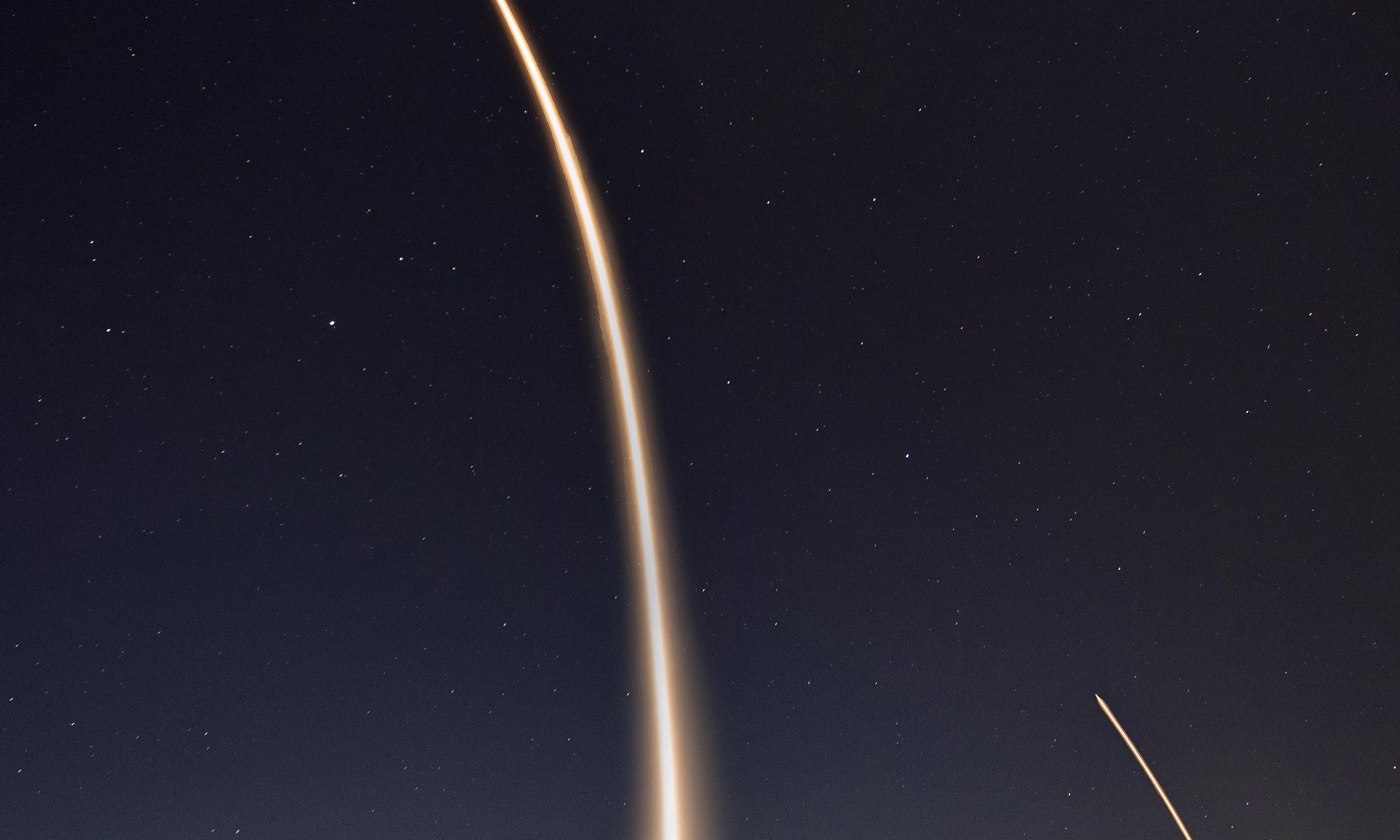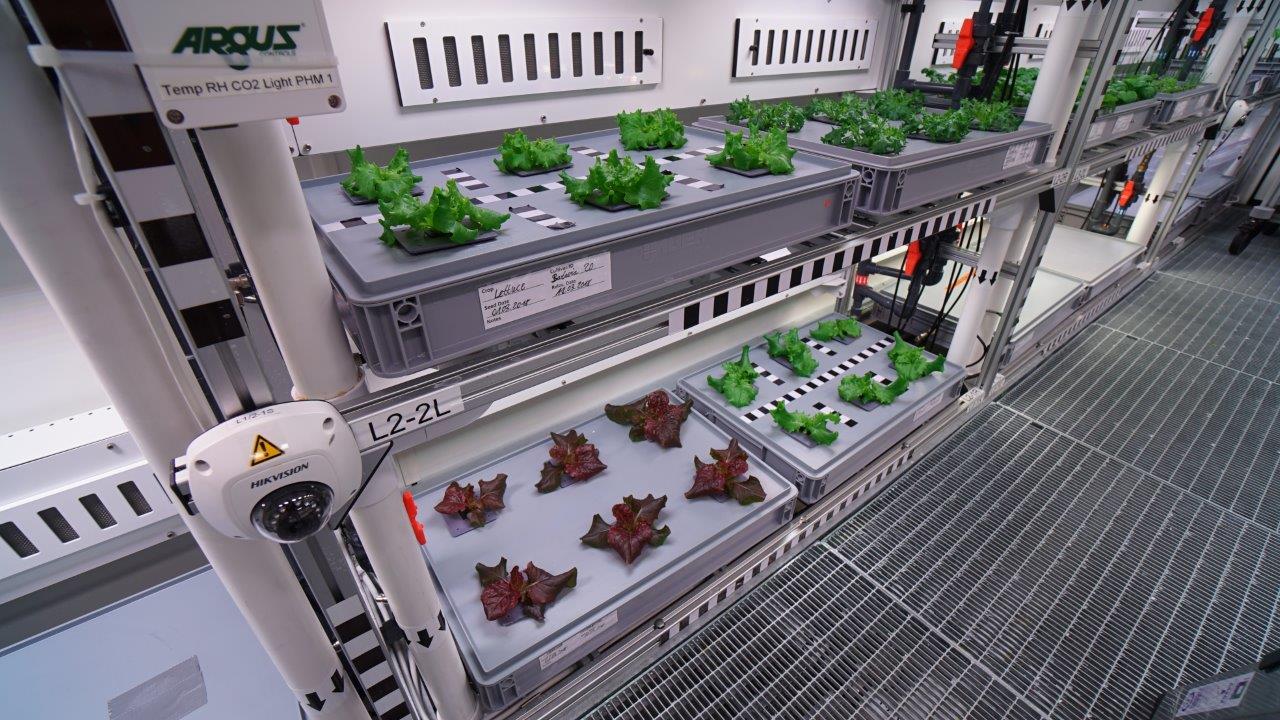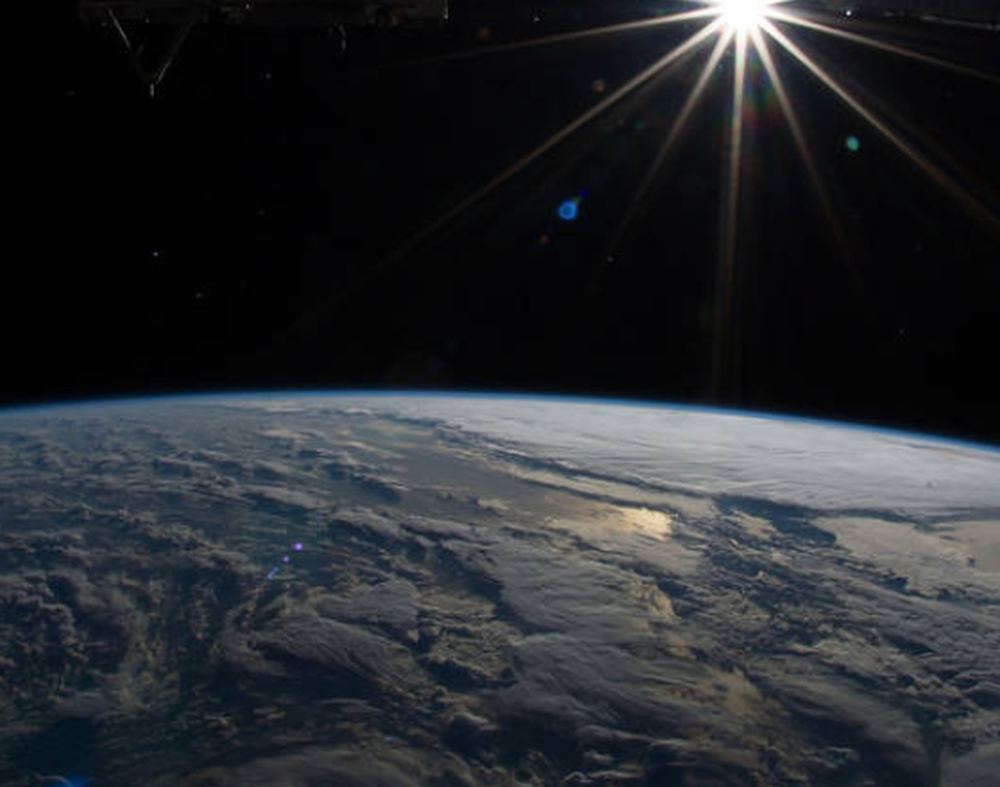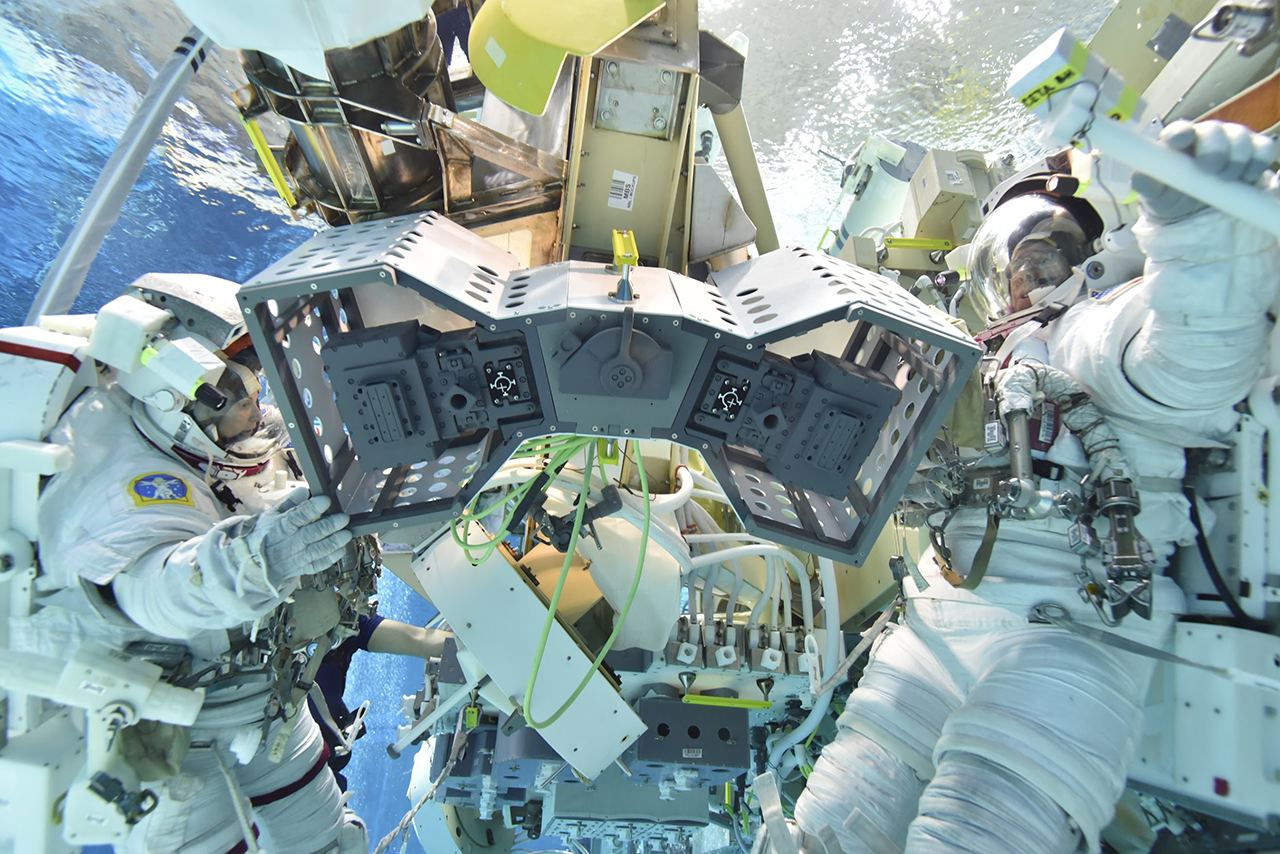On Friday, March 6th, as part of the company’s 20th Commercial Resupply Services (CRS-20) mission, SpaceX launched a Dragon 1 capsule destined for the International Space Station (ISS). The mission involved the transport of supplies, as well as materials related to the more than 250 science investigations taking place aboard the ISS. More than that, it represented a milestone for the aerospace manufacturer.
Continue reading “SpaceX Launches its Last Dragon 1 Mission to the ISS”Future Astronauts Could Enjoy Fresh Vegetables From an Autonomous Orbital Greenhouse
If humanity is going to become a spare-faring and interplanetary species, one of the most important things will be the ability of astronauts to see to their needs independently. Relying on regular shipments of supplies from Earth is not only inelegant; it’s also impractical and very expensive. For this reason, scientists are working to create technologies that would allow astronauts to provide for their own food, water, and breathable air.
To this end, a team of researchers from Tomsk Polytechnic University in central Russia – along with scientists from other universities and research institutes in the region – recently developed a prototype for an orbital greenhouse. Known as the Orbital Biological Automatic Module, this device allows plants to be grown and cultivated in space and could be heading to the International Space Station (ISS) in the coming years.
Continue reading “Future Astronauts Could Enjoy Fresh Vegetables From an Autonomous Orbital Greenhouse”NASA Astronaut Jessica Meir Took a Space Selfie, Capturing her Reflection in the Space Station
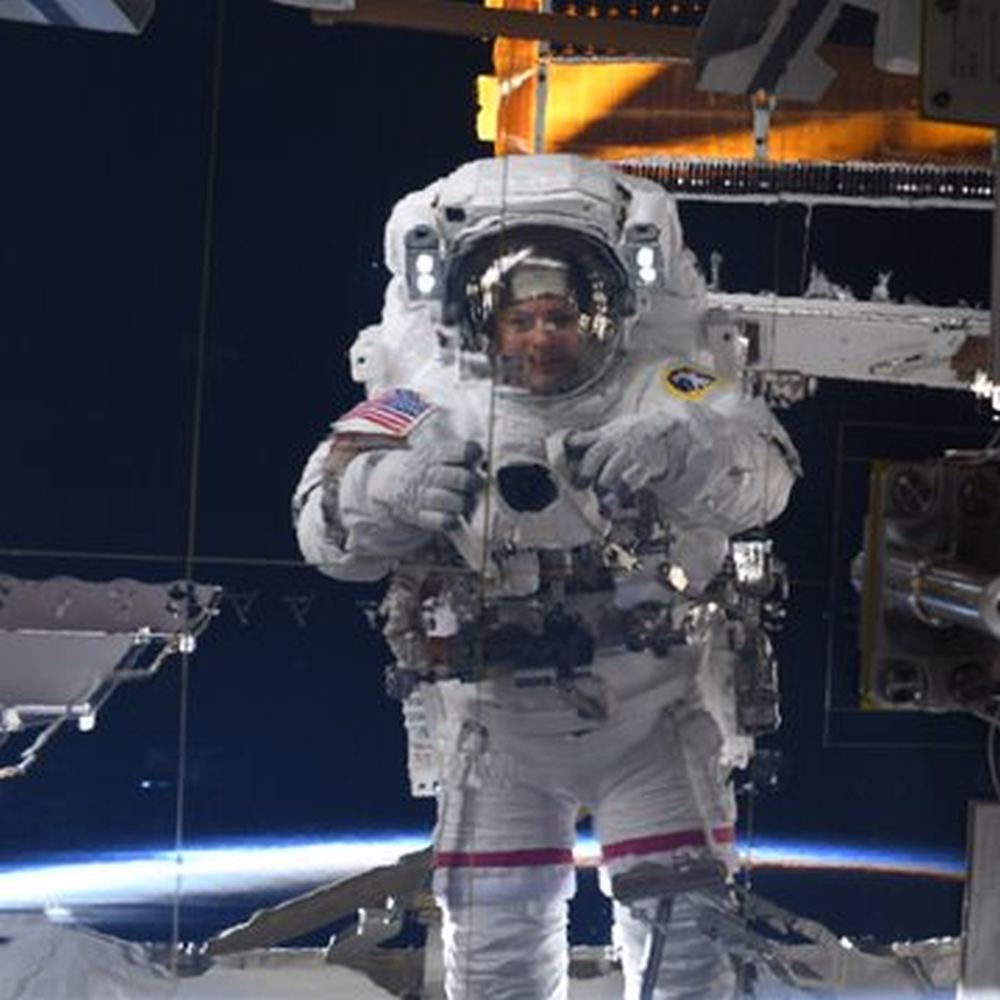
If there’s an award for “Selfie of the Year” NASA astronaut Jessica Meir just won it.
Continue reading “NASA Astronaut Jessica Meir Took a Space Selfie, Capturing her Reflection in the Space Station”NASA is Going to Add a Commercial Module to the Space Station
NASA’s plan to open up the International Space Station (ISS) to commercial activity is gaining ground. They have a vision for an economy in Low-Earth Orbit (LEO) called the Plan for Commercial LEO Development. According to NASA, they intend to foster economic development in LEO and to drive innovation, all for the benefit of the American economy.
Now they’ve selected Axiom Space of Houston to provide a commercial habitation module for the ISS.
Continue reading “NASA is Going to Add a Commercial Module to the Space Station”Crew Dragon Abort Test is Scheduled for Saturday Morning
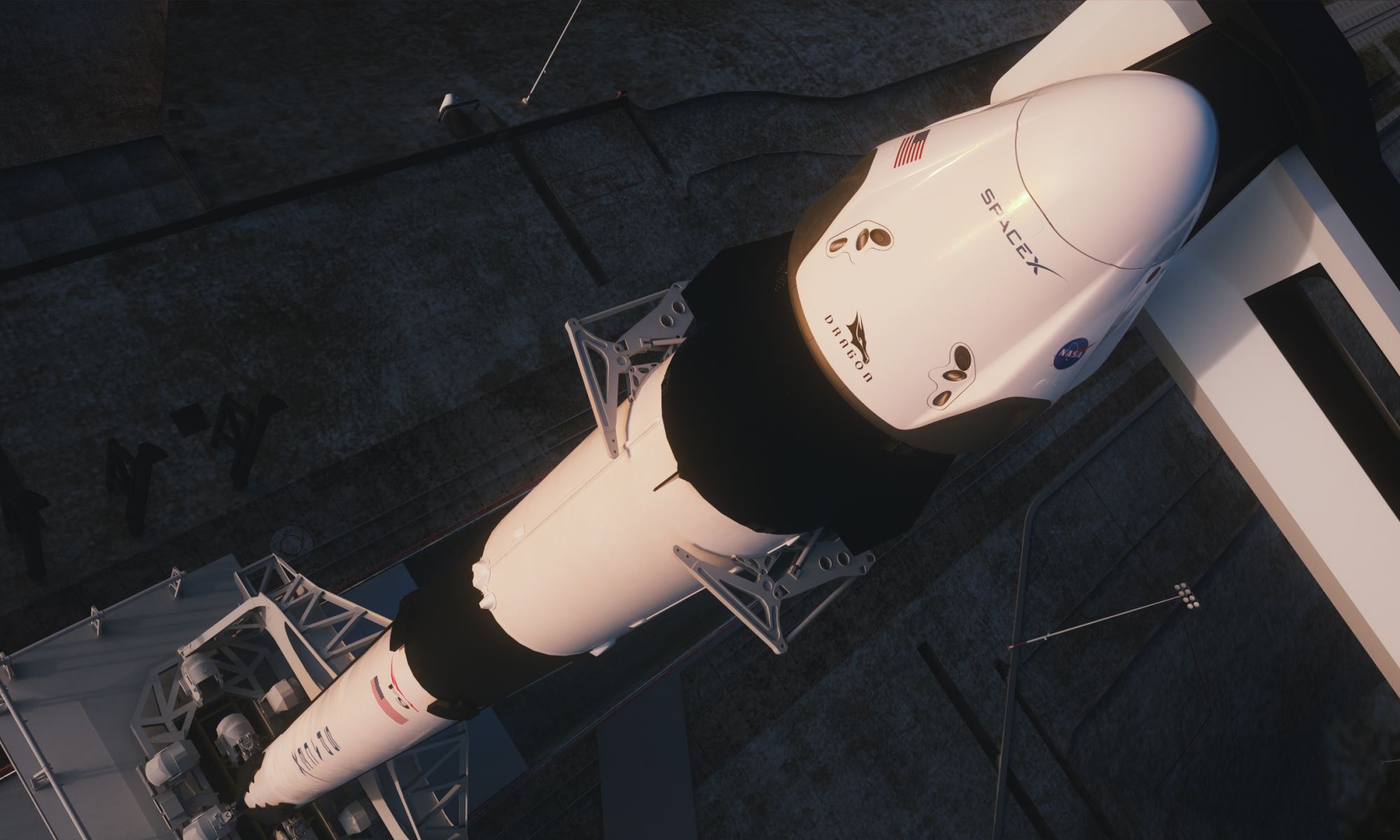
As part of their Commercial Crew Development (CCDev) Program, NASA has contracted with aerospace giants like SpaceX and Boeing to provide commercial launch services to the International Space Station (ISS). These services will consist of SpaceX’s Crew Dragon (Dragon 2) and Boeing’s CST-100 Starliner bringing astronauts to orbit in the coming years, effectively restoring domestic launch capability to the US.
To get these spacecraft ready for flight, Boeing and SpaceX have been putting them through rigorous launch tests. Tomorrow morning (Saturday, Jan. 17th), SpaceX will be conducting its final test in preparation for crewed flights. This is the all-important in-flight abort test, which will be live-streamed by NASA TV – will take place at 7:45 AM EST (4:45 AM PST) from Launch Complex 39A in Florida.
Continue reading “Crew Dragon Abort Test is Scheduled for Saturday Morning”Cool Photo of Canadarm2 With its Dextre Hand. Oh and the Earth. That’s Nice Too.

Check out this image of the Canadian Space Agency’s (CSA) Canadarm2 on the International Space Station. The CSA’s Dextre is attached to one end of the arm. The Canadarm2 played a vital role in assembling the ISS, while Dextre helps maintain the ISS, freeing astronauts from routine yet dangerous spacewalks, and allowing them to focus on science.
Continue reading “Cool Photo of Canadarm2 With its Dextre Hand. Oh and the Earth. That’s Nice Too.”Astronauts are Going to Attach a “Robot Hotel” to the Outside of the International Space Station
Robotic helpers are becoming an increasingly important element aboard the International Space Station. It is here where robots like the Robonaut, CIMON, FEDOR, Canadarm2, Dextre, and CIMON 2 (which is currently on its way to the ISS) were tested and validated for space operations. In recent years, the Robotic External Leak Locators (RELL) also proved their worth by conducting extra-vehicular activities (EVAs) and finding leaks.
Unfortunately, sending these robots out to do their tasks has been a long and complicated process. For this reason, NASA has created a new housing unit called the Robotic Tool Stowage (RiTS). Developed by the Satellite Servicing Projects Division at NASA’s Goddard Space Flight Center (with support from the Johnson Space Center), this “robot hotel” launched yesterday (Dec. 4th) and will soon be integrated with the station.
Continue reading “Astronauts are Going to Attach a “Robot Hotel” to the Outside of the International Space Station”Cancer Seems to Have Trouble Spreading in Microgravity
There are a number of health risks that come with going to space. Aside from the increased exposure to solar radiation and cosmic rays, there are the notable effects that microgravity can have on human physiology. As Scott Kelly can attest, these go beyond muscle and bone degeneration and include diminished organ function, eyesight, and even changes at the genetic level.
Interestingly enough, there are also a number of potential medical benefits to microgravity. Since 2014, Dr. Joshua Choi, a senior lecturer in biomedical engineering at the University of Technology Sydney, has been investigating how microgravity affects medicine and cells in the human body. Early next year, he and his research team will be traveling to the ISS to test a new method for treating cancer that relies on microgravity.
Continue reading “Cancer Seems to Have Trouble Spreading in Microgravity”Boeing and Airstream Show off Their New Astronaut Transport Vehicle: the Astrovan II
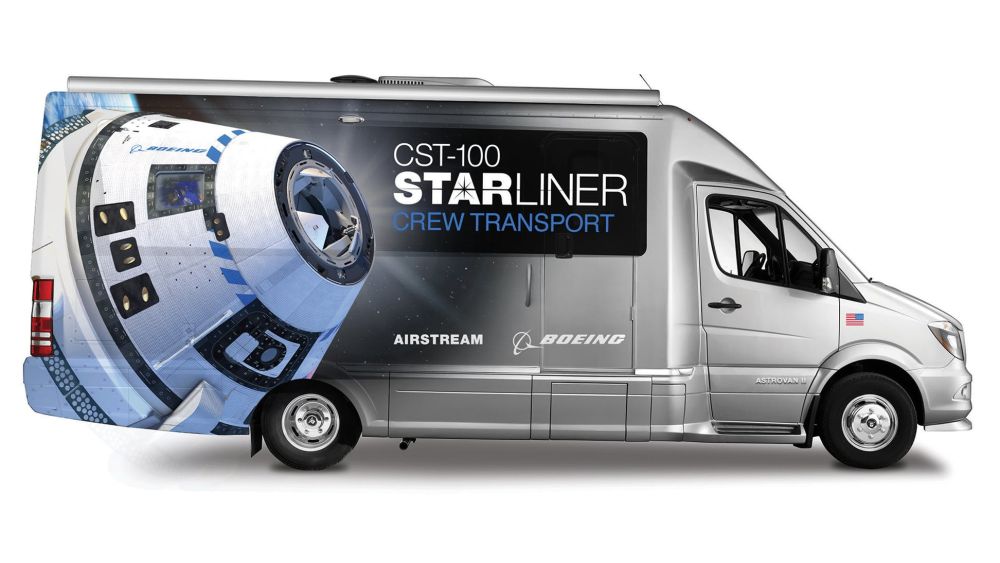
When it comes to brand recognition, Airstream‘s got game. Their silver, space-age looking travel trailers and touring coaches are iconic. Almost everyone recognizes their riveted aluminum bodies.
Continue reading “Boeing and Airstream Show off Their New Astronaut Transport Vehicle: the Astrovan II”Time-lapse Captured from the International Space Station

400 photos. 11 minutes. That’s what it took to create this time-lapse of the Earth and stars as the International Space Station over Namibia toward the Red Sea. NASA astronaut Christina Koch captured these images.
Continue reading “Time-lapse Captured from the International Space Station”
